Pets are great companions for children and can help teach them responsibility, but precautions are necessary to ensure interactions between them don’t become dangerous. Our Stack Veterinary Hospital team wants to ensure your child enjoys their time with your four-legged friend, and we provide tips to keep kids safe around pets.
#1: Choose the right pet for your family
Choosing the right pet is critical to ensure your child’s safety and that starts well before you bring your furry pal home. When you decide to adopt a pet, do your research first. Consider such things as the pet’s size and temperament. For example, large dogs may not realize their size and could injure a small child when they try to play, while young pets may get overly excited and aggressive playing with a child. Older, well-trained pets are often a better choice for families with small children, and you should schedule a meet-and-greet so your child can meet the potential pet first to ensure everyone is compatible.
#2: Properly socialize your pet
Properly socialized pets are much less likely to exhibit aggressive behavior. Pets are most receptive to socialization during their first three months of life. The process involves exposing them to different sights, sounds, smells, interactions, and situations so they learn how to acclimate to new experiences. This helps them grow into well-behaved and well-adjusted adult pets, making them less likely to harm your child if they are upset or startled.
#3: Properly train your pet
Pets who are properly trained are typically better behaved because they learn discipline and respect for authority. Teaching your pet basic commands, such as “leave it” and “sit,” can prevent a dangerous situation. For example, if your pet is playing with their favorite toy, and your toddler grabs the item, your pet obeying your “leave it” command can keep your child safe.
#4: Teach your child to respect your pet
Children love to hug, squeeze, and cuddle pets, but they must learn that the pet gets to decide if they want to play along. Ensure your child knows that pets aren’t stuffed animals that they can treat as they choose but must be respected and allowed to have alone time when they want. Teach your child to approach your pet calmly and extend their hand to ask for permission before petting them and to leave them alone if the pet turns away or hides. In addition, ensure your child never pinches or pulls on your pet’s ears or tail or climbs on them like a jungle gym.
#5: Teach your child to read your pet’s body language
Pets can’t voice their feelings, but their body language often conveys the message. Teach your child what signs mean your pet is happy and what signs indicate they should be left alone. Examples include:
- Happy dog — Signs that indicate a happy dog include a relaxed mouth, lolling tongue, crouching with their hind end up (i.e., a play bow), turning over for a belly rub, squinty or blinking eyes, wiggling backside, and tail wagging from side to side.
- Happy cat — Signs that indicate a happy cat include soft eyes, slow blinking, rolling on their back, an upright tail, and paw kneading.
- Stressed dog — Signs that a dog is stressed and should be left alone include lip licking, avoiding eye contact, yawning, whale eye (i.e., showing whites of the eye), furrowed brow, low tail carriage or tucking the tail, excessive panting, lifting the front limb, lip curling to show teeth, and growling.
- Stressed cat — Signs that a cat is stressed and should be left alone include wide eyes, dilated pupils, ears angled backward, thrashing or puffed out tail, growling, and hissing.
#6: Teach your child to ask for permission to approach an unfamiliar pet
Not all pets appreciate children, but if you have a friendly furry pal at home, your child may not realize this. Ensure your child always asks the pet owner’s permission before approaching an unfamiliar pet to avoid a dangerous situation.
#7: Ensure your child avoids your pet in certain circumstances
Teach your child to avoid your pet when they are:
- Eating — Many pets are food protective and may get aggressive if your child gets between them and their food bowl.
- Sleeping — Your child may startle a sleeping pet, resulting in an injury.
- Playing with their favorite toy — All pets and children should share, but it’s best not to push the limits. Ensure your child avoids your pet when they are playing with their favorite toy.
- With their young — Mother dogs and cats can get aggressive if they feel their babies are threatened.
#8: Supervise your children when interacting with your pet
Even the most well-behaved pet has bad days, and you should never leave your child alone with your four-legged friend. If you have tasks that keep you distracted, use your pet’s crate or baby gates to keep your child and pet separated until you can monitor them closely.
#9: Keep your pet healthy
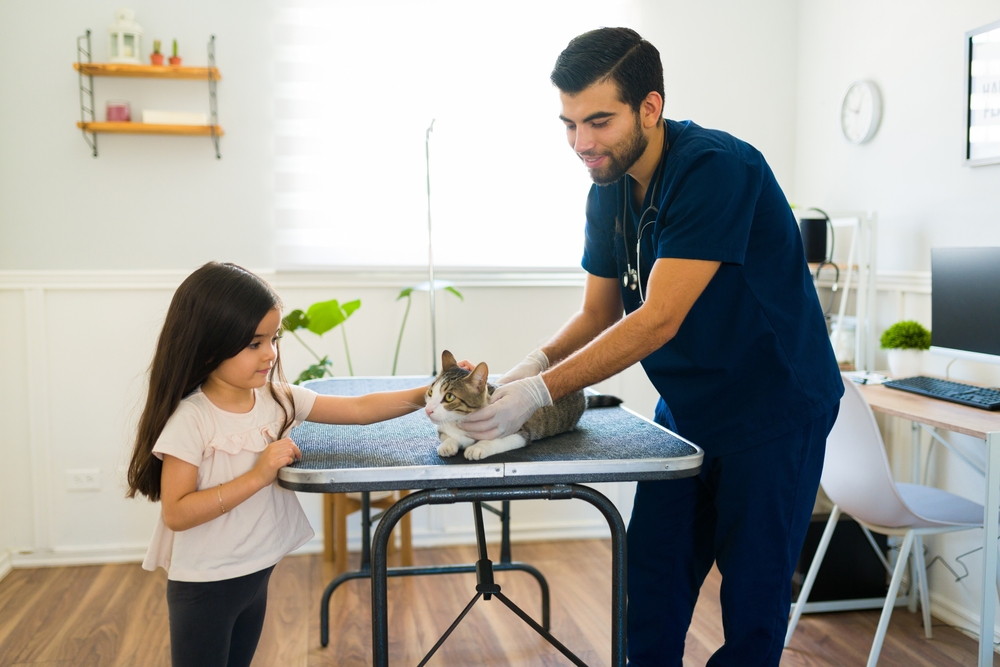
Ensure your pet remains healthy so they are less likely to pass any diseases to your child. In addition, keeping them healthy helps prevent them from lashing out because they are sick or in pain. Tips include:
- Scheduling regular wellness visits to detect conditions in the early stages when they are easier to manage.
- Providing year-round flea, tick, and heartworm prevention.
- Ensuring your pet remains up to date on their vaccinations and deworming medications.
Bring your child along for your pet’s next wellness visit at Stack Veterinary Hospital so our team can meet the entire family and encourage a healthy relationship. Contact us to schedule an appointment.


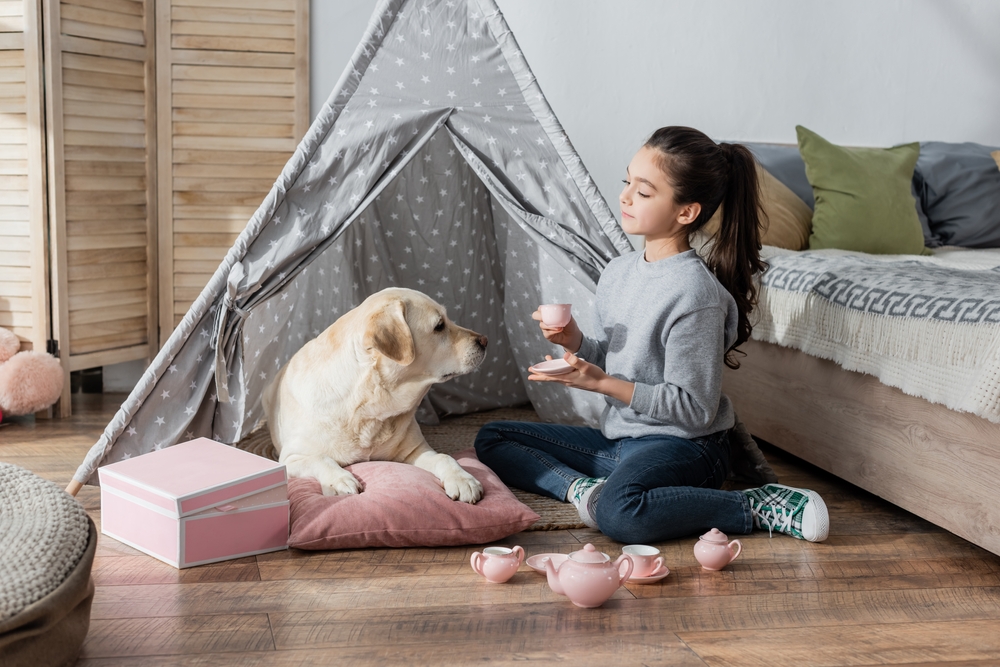
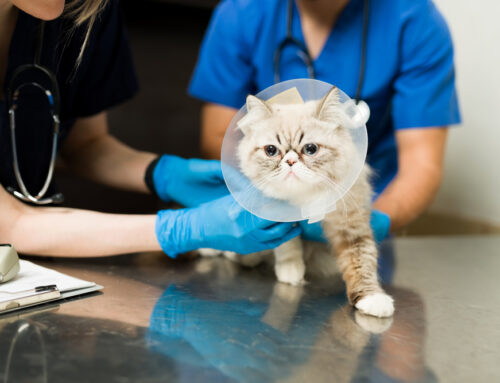
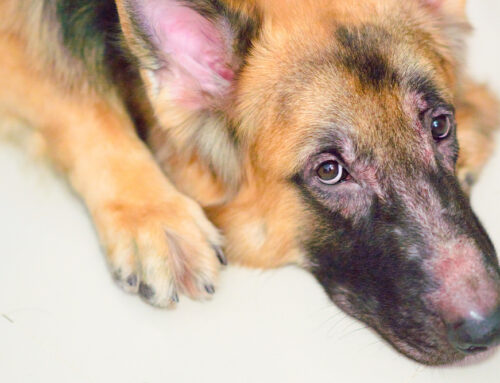
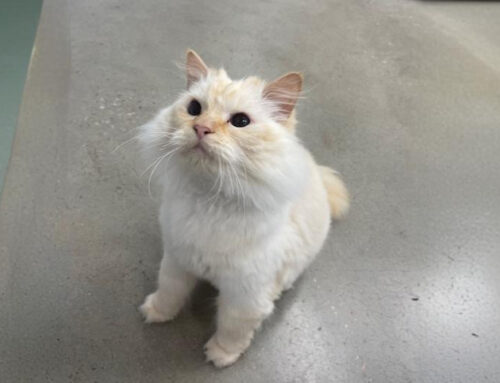
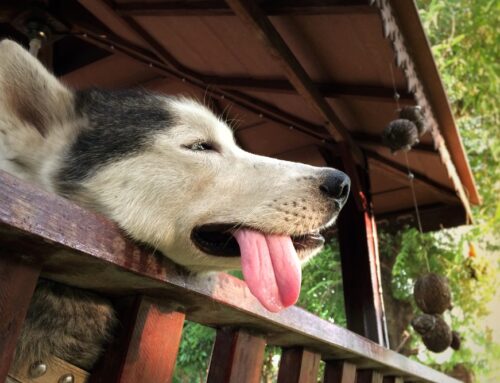
Leave A Comment